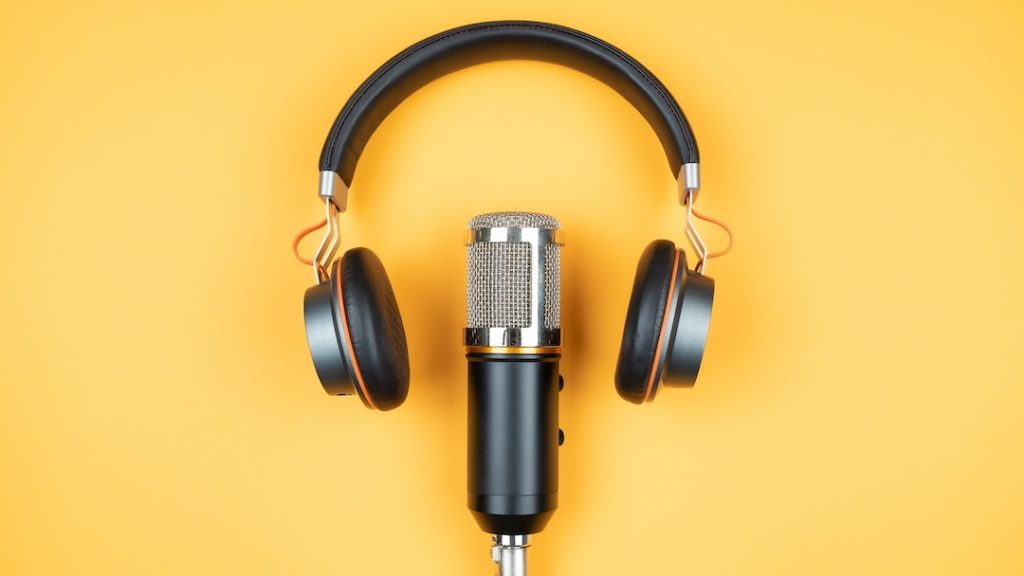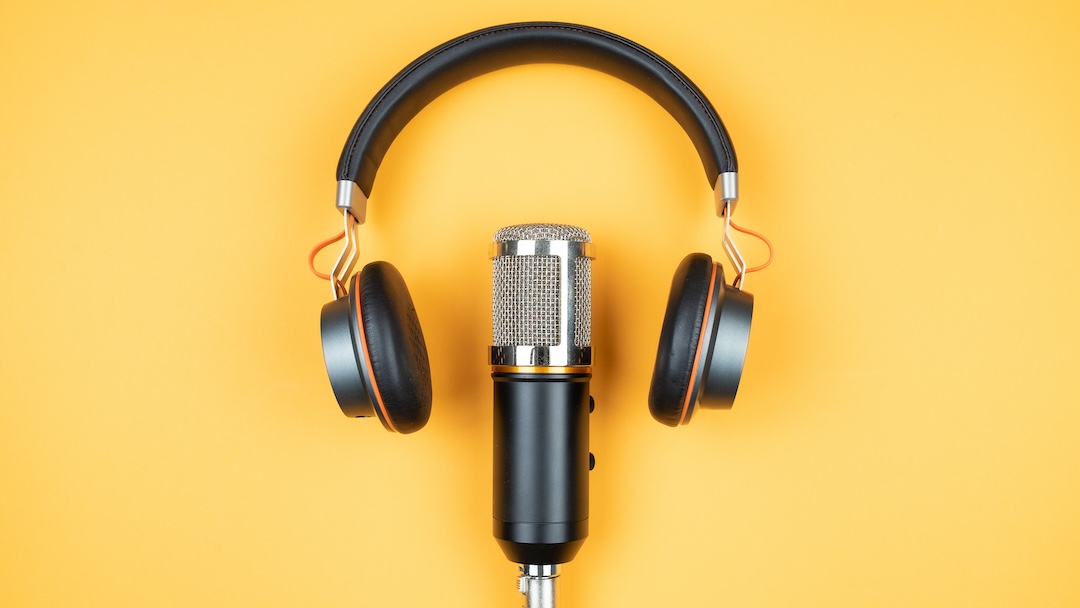
When Covid forced voice-over actors everywhere to work remotely, it leveled the playing field for actors around the country (and world) who didn’t live in major cities. Many of them had long been recording at home, having already built dedicated, acoustically sound recording spaces and learned how to work remotely in them.
By contrast, actors in major markets like New York City had to scramble and adapt. Before Covid, they had sustained themselves by applying their talents in theater, comedy, television and film, rounding out their days by showing up to live casting sessions for voice-over jobs that would ultimately record in tried-and-true professional studios. Now they had to work from home, obtain mics and more, learn rudimentary engineering and hopefully create acceptable recordings inside make-shift recording spaces like closets. Some invested in more advanced acoustical spaces, but many did not.
While the pandemic raised the technical acumen of voice-over actors in general, as they had to learn to be their own engineers, that newly level playing field meant that the market for talent is now far more saturated—if you do a search for “voice actors” on LinkedIn, you’ll get 186,000 results!
Be The Advantage
With so many voices in search of work, actors need any advantage they can get—and in many cases, that means returning to traditional recording facilities, even if that cost is coming out of their own pocket. For them, working in a professional recording environment where they can focus solely on acting is an investment in their work. For the studios they’re returning to, however, it’s an opportunity!
Unquestionably, the wholesale shift to remote recording during Covid affected studios that offered voice-over recording, but post-pandemic, they are seeing a return to something closer to “business as usual.” The technical and acoustical issues that actors face when they record at home crammed into a closet or under a makeshift blanket fort only underline the benefits of working in a professional space. Studios that are ready to serve them have dedicated spaces and recording gear, but they also use industry-specific software for sessions, connecting the facility and actor with clients.
Digital Arts in New York City had just completed a brand-new stage for film and TV work at the start of lockdown. The finishing touches were added as the world opened back up, with additional items like monitors and webcams in both the stage and control room, allowing the facility to effortlessly tackle hybrid jobs, often on Source Elements’ Source-Connect remote recording platform.
Source Elements’ Source-Connect remote recording platform continues to be the de facto leader in remote connectivity, with many users relying on Zoom and Microsoft Teams to fill out the video. In fact, the demand for reliable remote connectivity led Source Elements to rebuild Source-Connect from the ground up and revamp its Nexus products to meet the current needs of the business, including video integration. This resulted in Source-Connect 4 and Source-Nexus Suite, an online production studio.
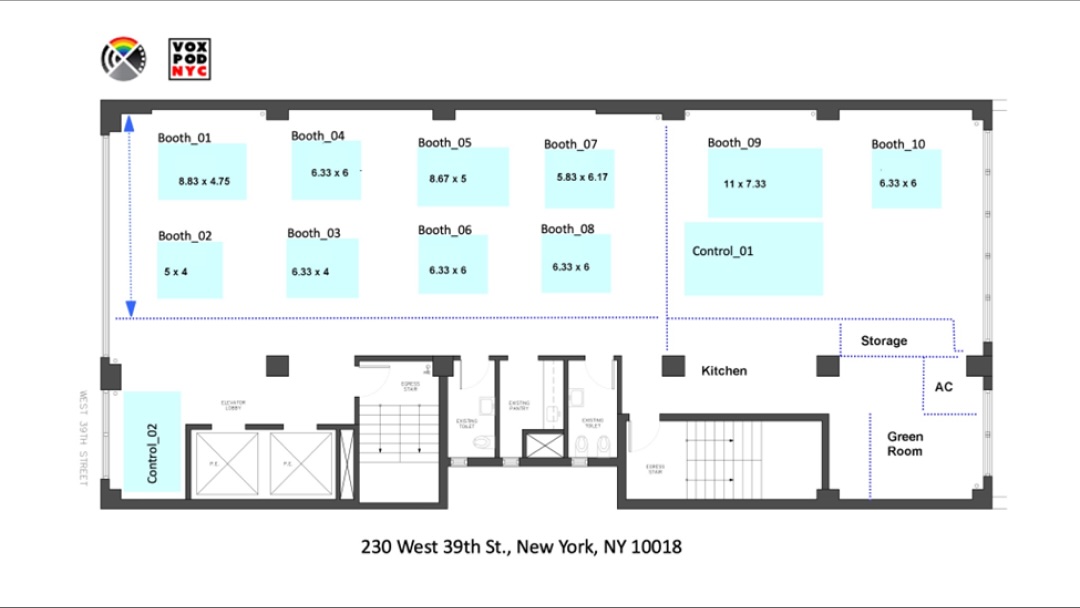
VoxPod NYC Goes All In for Voice Over
Different studios have met the return of voice over actors with different approaches. In New York, Randolph Hudson recognized the demand and saw an opportunity to build something to accommodate both the clients needing their actors in solid booths and the actors who needed a reliable place to work—even if that meant paying out of pocket for the booking.
The result was VoxPod NYC, a specialized facility dedicated to voice recording for audiobook publishers, film/television ADR projects, advertising/marketing and dubbing. Based in midtown Manhattan, the facility consists of 10 booths, all of which can be networked together as needed for multi-cast projects. Gear available includes Avalon 737sp channel strips, Focusrite preamps, Sound Devices USBPre 2 interfaces, and solid-state recorders for backup, plus every booth has remotely accessible Avid Pro Tools HDX.
“We wanted to give voice talent the ability to do Source-Connect sessions without any anxiety,” says Hudson. “We recognized all of the environmental issues—not just sound disruptions, but climate control! It’s hard to give a great performance when your booth makes it feel like you’re doing hot yoga!”
Discover more great stories—get a free Mix SmartBrief subscription!
Another draw for VoxPod NYC beyond professional acoustics is that it offers preferred microphones that might be out of reach for some actors: “We worked hard to make sure the booths were uniformly treated and equipped them with the kind of gear clients expect—Neumanns, Sennheiser 416s, pretty much any mic an actor could need,” Hudson says. “Sometimes they’ll even opt to bring in their own for continuity.”
With that continuity in mind, while Neumann U87s and 416s are standard at most voice-over studios, VoxPod also invested in some of the more common and affordable mics that voice actors might have at home: “That’s for when they need to match sound for something they’ve been working on that may have used something like an AT2040.”
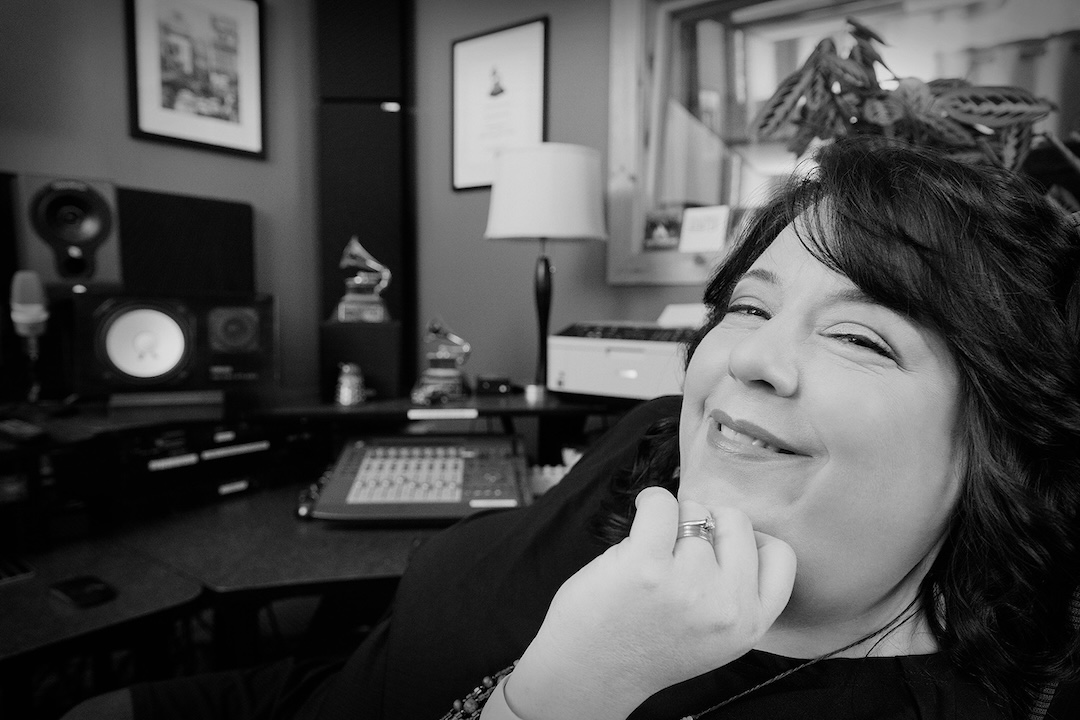
Mono Lisa Takes Traditional Route
Most studios that have started working in voice-over tend to be more traditional, however, offering it as one of many services that add to the facility’s overall revenue.
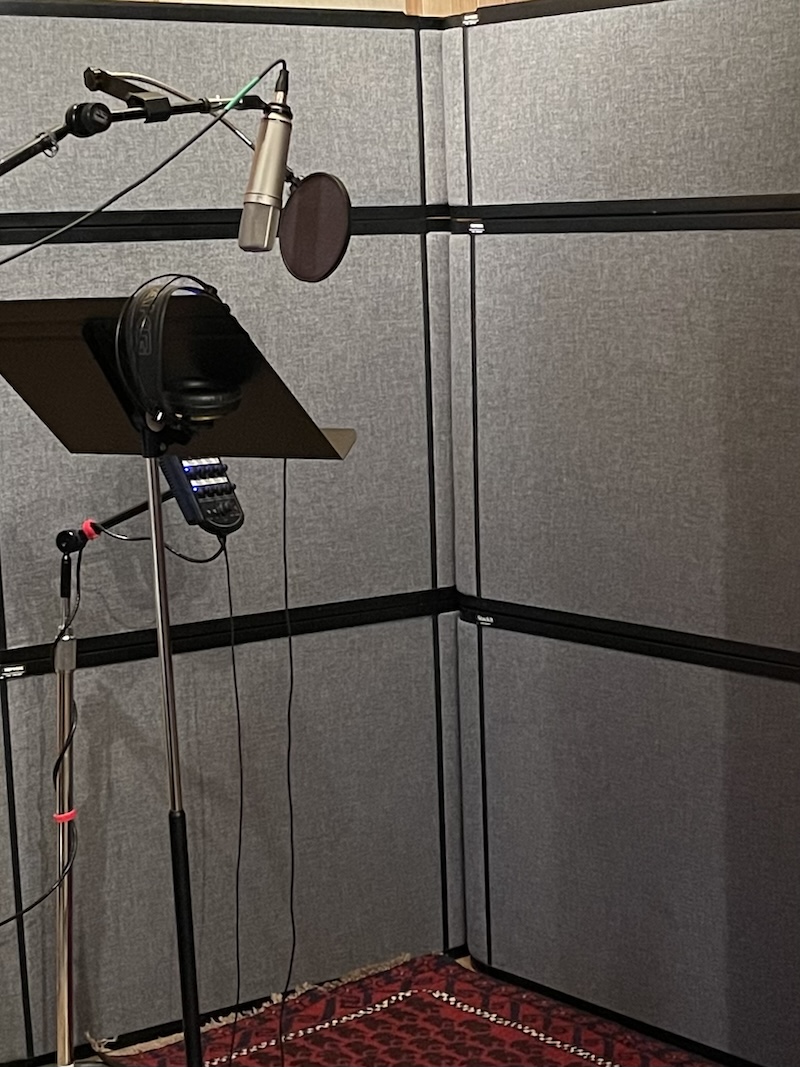
In Long Island City, New York, three-time Grammy-winning music engineer Denise Barbarita decided to support the bustling voice actor market that surrounds her studio, Mono Lisa. The facility has a traditional music live room and a well-equipped control room, but she needed to add the kind of reflection-free, acoustically dampened space that’s expected for voice-over work, eventually settling on a lightweight, modular gobo package that can be set up when needed, and packed away when not. It was an investment she was willing to make to support both her clients and actors who might book Mono Lisa directly.
“We already had all the mics and high-end pres from Avalon and others,” says Barbarita. “Once we nailed down the acoustic solution and added Source-Connect and Zoom, we were ready to go!”
If You Build It, They Will Come
Having a booth solution and top-notch gear gave Mono Lisa the ability to tap into a whole new revenue stream—and the local market was ready to oblige after years of recording at home. Voice actors will tell you: Their favorite part of being back in a recording studio is not having to be their own engineer.
The technical ask is pretty steep for people who trained to act, but are now expected to manage their own DAW, Source-Connect and Zoom. Despite everyone’s best efforts to get them up to speed, many actors simply don’t have a handle on the tech.
This is another reason why adding an affordable, soundproof booth could be a smart use of any extra space in your studio. Have a quiet office that no one’s using? Drop a portable booth or isolation shield in there, or repurpose it with acoustical treatments, and you’ve got a billable space.
Specialization Specifics
For music studios around the country considering broadening their horizons, it’s important to understand that as simple as it may sound—put a mic in a booth and let the actor do their thing—the voice-over business has its own set of demands and challenges.
Any audio engineer reading this will grasp the basics—sample rates and other technical specs (video games might want 96 kHz recordings, for example)—but different clients often have specific needs you might not encounter in music sessions:
- Real-time recording and playback for takes
- Reading to picture for VO, ADR, or animation
- Sharing video or DAW screens over Zoom
- Handling fast-paced feedback and tight edits on the fly
It’s not hard work—but it can require a lot of juggling under pressure.
Spreading The Word
Do a little social media sleuthing to determine the demand in your area or region. Expanding your offerings and marketing might let partner studios know you’re a viable option when they need to get talent to a booth. Also, actors travel for projects or vacation and are always searching for places they can work at near where they’ll be. Between that and your local talent pool needing a safe and quiet space to work, your existing music studio might find itself in demand for voice actor work!
